Sally and I, as members of the South Texas Chapter of the Native Plant Society of Texas, spent a very pleasant day touring Rancho Lomitas Native Plant Nursery and RV Park in far South Texas, near Rio Grande City. Our hosts were Benito and Toni Trevino, he is an ethnobotanist (knows plants and how people have utilized them as food, medicine, tools, and such) and Toni is his longtime sidekick/boss.
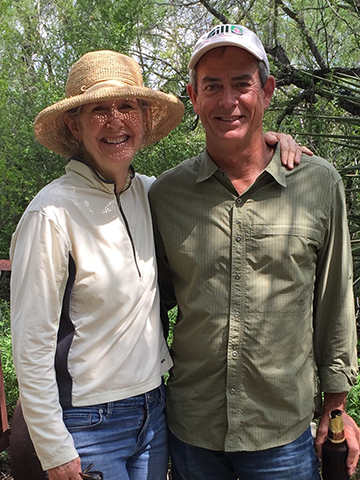
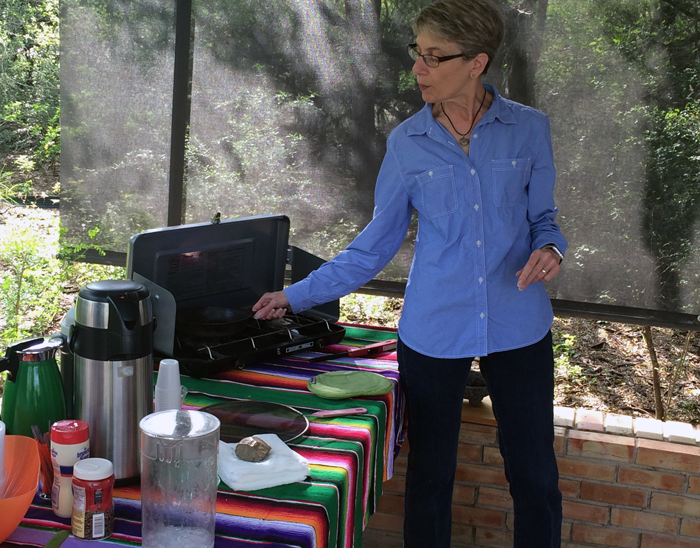



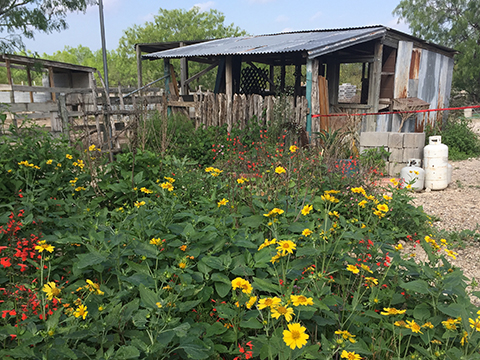
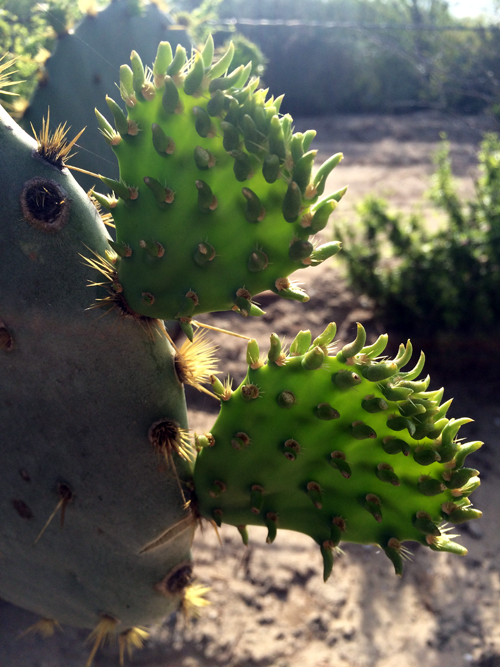
Our tour started with Toni roasting mature ebony beans to brew up some South Texas coffee substitute, popular with early settlers and vaqueros, as coffee was hard to come by on the frontier. Benito took over with stories of how, as one of 14 siblings (and another 12 cousins) they would gather younger ebony seeds and eat them fresh as a snack, or roast them over mesquite coals for even better flavor, and techniques for gathering and preparing yucca blooms for cooking or pickling and canning. Meanwhile, Toni was roasting up a dish full of nopalitos (young prickly pear cactus pads) and she soon called us for fresh, hot tacos de nopales. As we munched, Benito explained how regular consumption of nopales has shown great benefit for controlling blood sugar levels in diabetics.


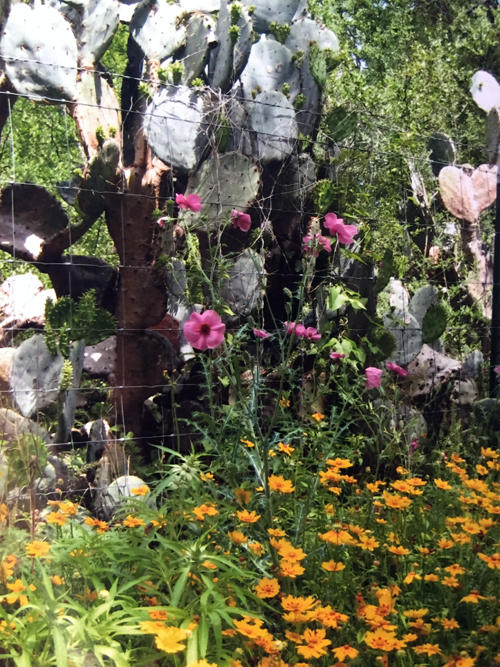
We were then loaded into the cattle trailer (the people got to ride that day, while the longhorns walked) and toured their property with Benito giving a running lecture about the native plants and terrain. He pointed out the amargoso with pretty purple blooms, which he and all other family members would use as an anti-dysentery decoction, very necessary as they were often required to drink whatever water was available, whether from the Rio Grande, or even stagnant pools. Benito said the large majority of South Texas folk medicines have not been verified scientifically, but the amargoso is an exception, having been shown to kill amoebas in laboratory conditions.
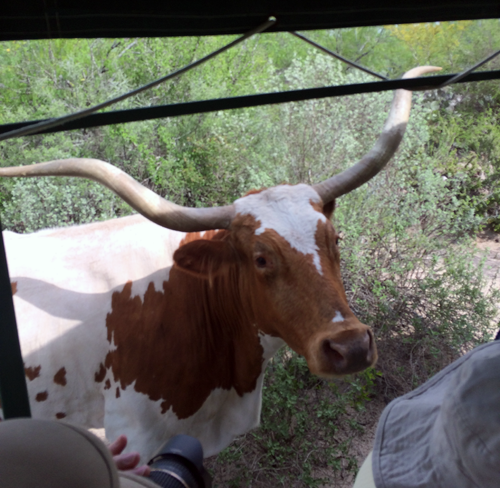


He showed us how to break off the sharp tip of an Agave lechuguilla and strip out the very strong fiber to use as a needle and thread, for sewing clothes or a shelter or bag, or even an open wound of people or livestock. The lechuguilla is much preferred, as most other Agave species have an extremely caustic sap, causing blistering. As the dust blew up behind the cattle trailer, he told how wild longhorns were driven north to market after the Civil War, and the cowboys in the rear of the herd were riding in almost constant dust. They would relieve the irritation in their eyes with eyewash made of young mesquite leaves crushed in water.
All in all it was a fascinating day in great company. Thanks Benito and Toni, and NPSOT South Texas Chapter.
 – James
– James


